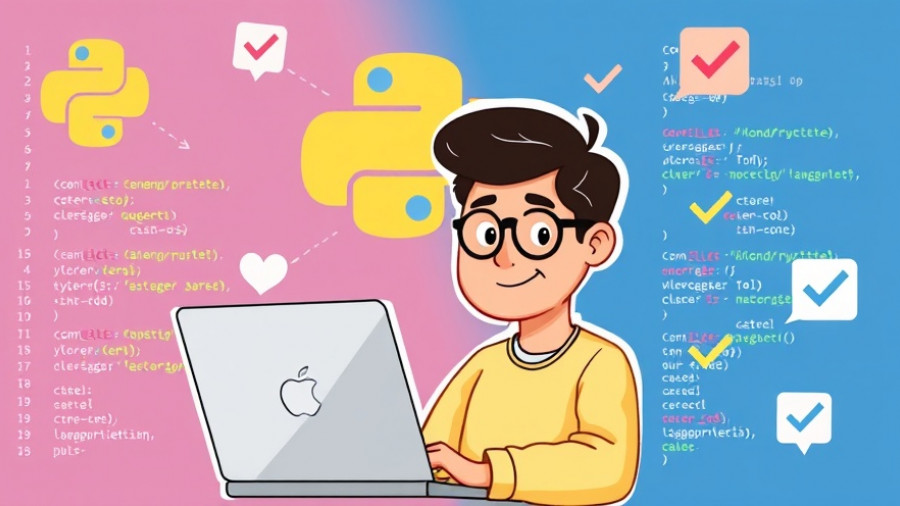
The Hidden Journey of Tokens in AI
In a world increasingly dominated by artificial intelligence, understanding how language models like transformers operate is vital, especially for small business owners looking to leverage these tools for growth. Transformers, the backbone of large language models (LLMs), tackle complex tasks by converting human language into tokens—a process that sets the stage for meaningful AI interactions.
What is Tokenization?
Tokenization is the process of breaking text into manageable pieces, called tokens. Think of it as a way for AI to understand human language by deconstructing words into subunits. A simple sentence like, "The quick brown fox jumps over the lazy dog," becomes individual tokens: ["The", "quick", "brown", "fox", "jumps", "over", "the", "lazy", "dog"]. But the real power of tokenization comes with advanced techniques, such as Byte Pair Encoding (BPE), which identifies frequently recurring characters or substrings, allowing models to learn more nuanced meanings efficiently.
Why Small Business Owners Should Care
Exploring the mechanics of tokenization opens doors for business owners to better utilize AI. By understanding how this transformation occurs, entrepreneurs can identify which technologies resonate with their specific needs, whether for customer service chatbots or content generation tools. A savvy approach recognizes that the effectiveness of a tool depends not just on its technology, but on how information is processed within it.
The Role of Positional Encoding
In addition to merely turning sentences into tokens, transformers use positional encoding to account for the order of those tokens. This is crucial because word meaning can change based on context. For example, "bank" can refer to a financial institution or the side of a river, which is understood through the context of surrounding words. By embedding geometric representations of position within the sequences, transformers ensure that the relationships between tokens remain intact—even after segmentation.
Implications for Multilingual Models
As businesses expand globally, the implications of AI tokenization on multilingual models become significant. Tokenization doesn’t just impact how efficiently models generate text; it also influences performance across different languages. For instance, tokenizing techniques can result in disparities in efficiency, leading to more effective AI applications in some languages than others—making it essential for companies targeting diverse markets to understand these dynamics.
Breaking Down Complex Constructions: Toward Better Understanding
One fascinating aspect of tokenization is how models struggle with complex, rare words. These longer or less common words may be split into multiple tokens, which may confuse the model. Think of how "antidisestablishmentarianism" would require the model to cohesively piece together several units of meaning scattered throughout the input. This breakdown can lead to inaccuracies and less reliable outputs.
Embracing Future Innovations in Tokenization
As tokenization practices evolve, future innovations like dynamic context-aware tokenization could significantly improve how models understand language. By adjusting token representations based on contextual cues, LLMs will be better equipped to grasp the subtleties of language, ultimately benefiting small businesses aiming for precise communication.
Conclusion: The Next Step in AI Adoption
For small business owners eager to harness AI, understanding the journey of a token through transformers is just the beginning. Incorporating AI into your operations means remaining aware of how these models learn and process language. As transformers become more integral to business practices, staying along the cutting edge of AI advancements will yield benefits—opening new channels for communication and customer engagement.
By diving deeper into AI technologies and the mechanics of tokenization, businesses can tailor their approaches more effectively, paving the way for successful interactions driven by cutting-edge algorithms.
To further explore how AI can transform your business, consider diving into practical resources that explain tokenization, embedding, and the role of transformers in today’s tech landscape.
 Add Row
Add Row  Add
Add 




Write A Comment